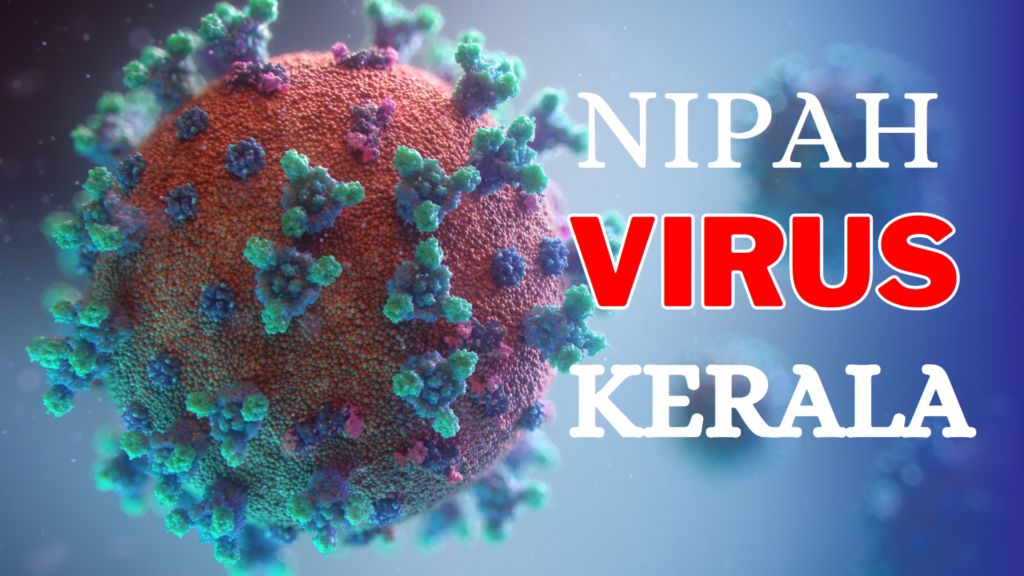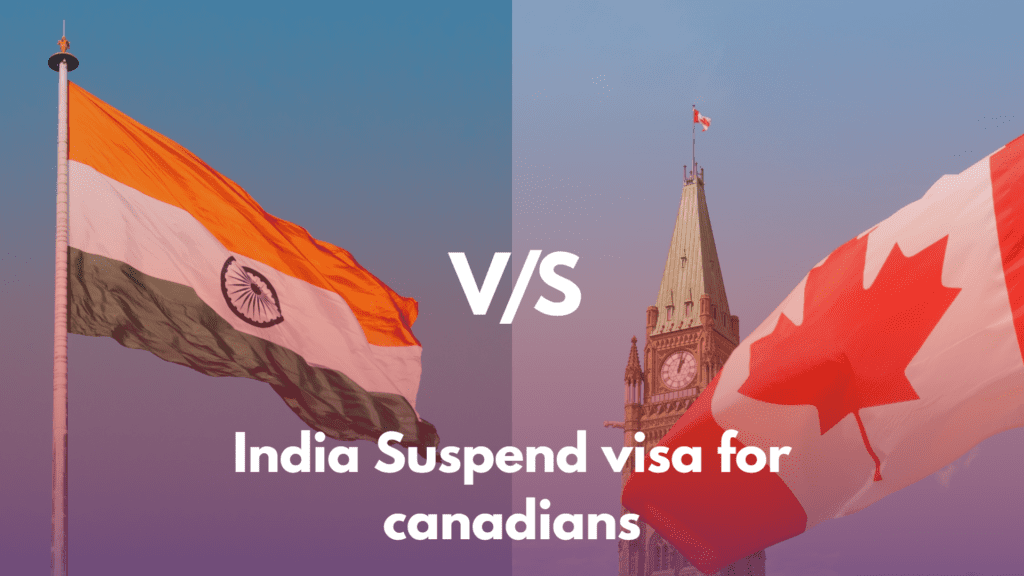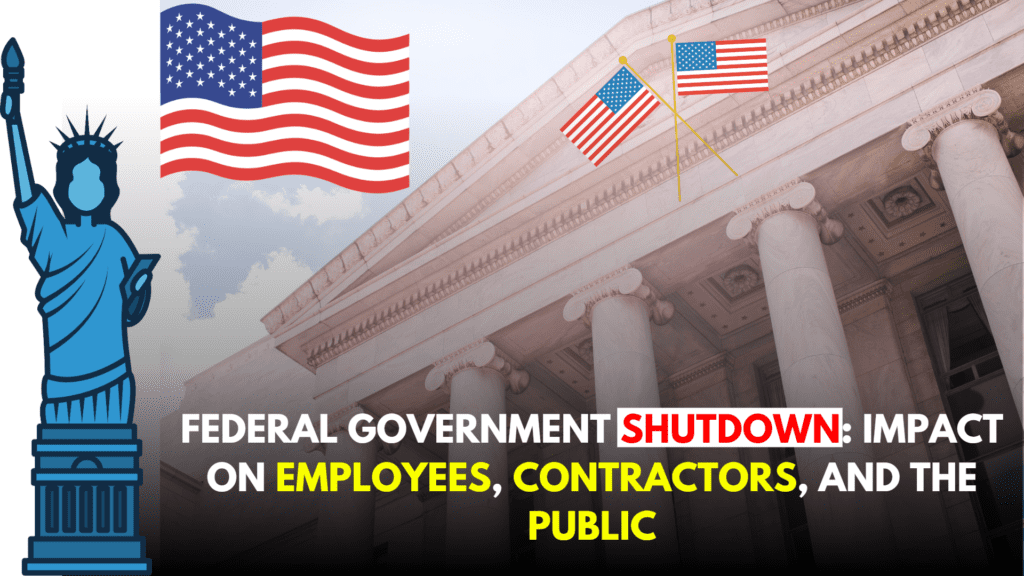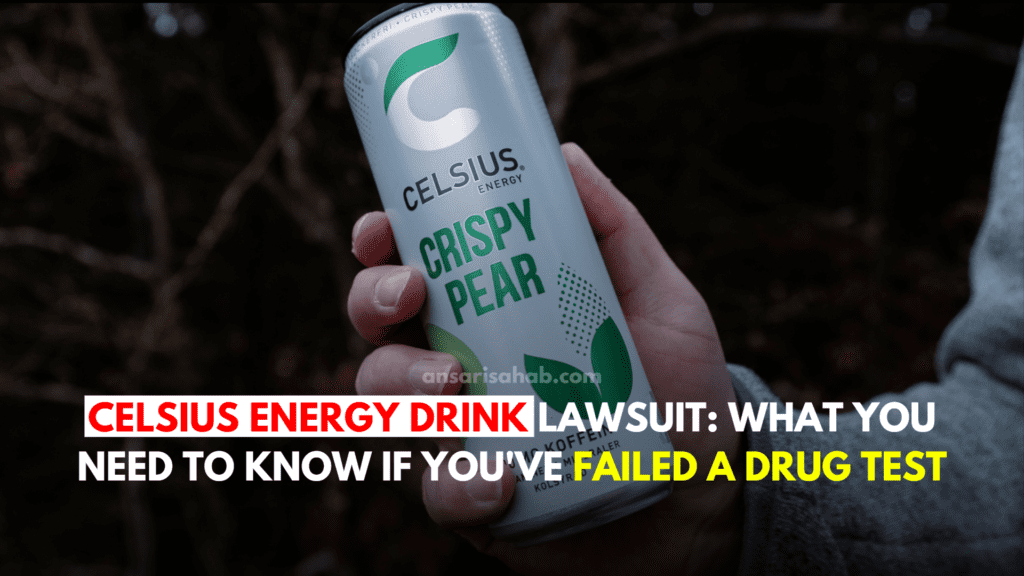A Pharmaceutical Shockwave
On August 5, 2025, former U.S. President Donald Trump, now the Republican front-runner for the 2026 elections, announced a sweeping tariff hike from 25% to 50% on several key Indian exports. Most notably, this includes generic pharmaceutical products, a sector where India plays a critical global role. As the world’s largest supplier of low-cost generic drugs—accounting for more than 40% of generic drugs used in the United States—India’s pharmaceutical industry is now directly under fire.
The implications are massive. With the U.S. facing ongoing healthcare affordability challenges and chronic drug shortages, this move could significantly increase drug prices for American consumers and disrupt healthcare supply chains.
Why Indian Pharma Matters to the United States
India is often referred to as the “pharmacy of the world”. Its vast manufacturing base, FDA-approved facilities, and cost-effective R&D make it the top source for generic drugs in dozens of countries, especially the U.S. In fact:
- More than 90% of prescriptions in the U.S. are for generics.
- Nearly half of those generics come from Indian companies like Sun Pharma, Dr. Reddy’s, Cipla, and Lupin.
- India also supplies critical active pharmaceutical ingredients (APIs) used by U.S. manufacturers.
In the U.S., where healthcare costs are already a politically explosive issue, any increase in drug costs can quickly escalate into a public backlash.
Tariffs Trigger Price Spike: A Supply Chain Breakdown
Tariffs function like a tax on imports. When Trump imposed a 50% tariff on Indian pharmaceutical goods, the immediate impact was an increase in the landed cost of Indian-made drugs for U.S. distributors and pharmacies.
Here’s how the shock could ripple across the healthcare ecosystem:
- Distributors Pay More: U.S.-based drug wholesalers like McKesson and Cardinal Health will now face higher import costs.
- Retail Pharmacies Pass It On: Chain pharmacies (e.g., CVS, Walgreens) are expected to pass these increased costs to patients.
- Insurers Adjust Pricing: Health insurers will adjust reimbursement rates and premiums, potentially pushing prices up.
- Drug Shortages May Worsen: If Indian suppliers cut exports due to cost pressures, shortages of essential generics (e.g., antibiotics, blood pressure meds, insulin alternatives) could worsen.
Estimated Impact:
Industry analysts predict that generic drug prices in the U.S. could rise by 18–35% across multiple therapeutic areas within 3–6 months if the tariffs remain in place.
Reactions from Industry & Government
Indian Pharma Industry Reacts
Indian pharma executives have voiced sharp criticism:
“This is a short-sighted policy. American patients will suffer the most,” said Dilip Shanghvi, founder of Sun Pharma.
“We may consider shifting more supply to Europe, Africa, and Southeast Asia,” said a senior executive at Cipla Ltd.
Many Indian pharmaceutical exporters are already looking to diversify their markets, while lobbying the Indian government to respond through WTO channels.
Suggested : Trump’s trade war 25% to 50% Tariff on India: Implications, Motives, and Global Impact (2025)
Indian Government Response
The Ministry of Commerce and Industry of India issued a formal complaint through its WTO delegation in Geneva. New Delhi is also weighing retaliatory tariffs on U.S. medical devices, spirits, and certain chemicals.
U.S. Healthcare Groups Alarmed
In the U.S., trade associations like the Generic Pharmaceutical Association (GPhA) and the American Hospital Association (AHA) have urged Trump’s campaign team and current policymakers to reconsider the decision.
“We are already facing shortages in oncology and infectious disease medications. This move could turn a crisis into a catastrophe,” said Dr. Sarah Walden, spokesperson for AHA.
Political Motives: Why Target Indian Pharma?
Analysts believe the decision to target India’s pharmaceutical sector is part of a broader 2026 election strategy by Trump:
- To sound tough on trade and appeal to domestic manufacturers.
- To pressure India diplomatically, particularly on issues like trade balances and defense neutrality (in the Russia–Ukraine and China–Taiwan contexts).
- To distract from rising healthcare costs, by blaming “cheap imports”.
However, many experts argue this is counterproductive. Indian pharma has helped the U.S. keep costs down, especially under Medicaid and Medicare, and is a strategic ally in global health crises.
Could This Lead to a Health Crisis?
While the U.S. has domestic pharmaceutical production, it is heavily reliant on Indian APIs and finished generics for essential drugs, including:
- Antibiotics (Amoxicillin, Azithromycin)
- Blood Pressure & Diabetes drugs
- Chemotherapy medications
- HIV and Tuberculosis treatments
If Indian companies reduce exports or reroute them to less hostile markets like Europe, Latin America, or Africa, the U.S. could face acute shortages, particularly in rural and underserved areas.
Moreover, building up alternate sources or local manufacturing is not a short-term solution. It would take years and significant investments.
The Global Health Perspective
International health organizations have also weighed in:
- The WHO has warned that any restrictions on Indian generics could impact global access to affordable medicines.
- African nations, which receive subsidized Indian generics via U.S. aid programs (PEPFAR, USAID), may indirectly suffer, as production shifts to compensate for lost U.S. revenue.
What’s Next?
Possible Scenarios:
- India files a WTO dispute and opens formal trade talks with U.S. counterparts.
- Pharma lobbyists in Washington apply pressure to modify or delay implementation.
- Trump doubles down, especially if the U.S. economy or polling data improves.
- Other countries like Canada or the UK may step in to secure Indian supplies at better rates.
Business Outlook:
- Indian pharma stocks (e.g., Sun Pharma, Aurobindo, Dr. Reddy’s) have dipped on NSE and BSE.
- U.S. generics sector may see higher operating costs and regulatory bottlenecks.
- Private insurers and hospitals may seek alternate supplier deals, possibly from Eastern Europe or Latin America.
Final Thoughts: A Self-Inflicted Wound?
Imposing 50% tariffs on Indian generic drugs could turn out to be a strategic blunder for U.S. healthcare. While intended to project economic strength, this move endangers access to essential medicines, fuels public health concerns, and alienates a key strategic partner.
As election rhetoric heats up, it’s crucial for both governments to distinguish political posturing from long-term public health interest. If not addressed swiftly, the tariff hike may cost both countries—not just economically, but morally.









